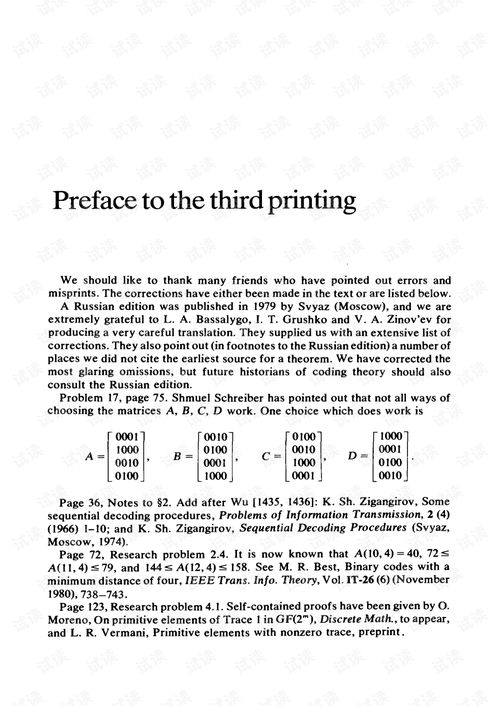When it comes to mastering the art of fishing, one of the most crucial skills to acquire is the ability to effectively handle and pull in your fishing line. Whether you're a seasoned angler or a beginner, understanding how to properly manage your line can make the difference between a successful catch and a frustrating day on the water. Here's a comprehensive guide on how to master the technique of tugging your fishing line with precision and finesse.
Understanding Your Equipment
Before diving into the techniques, it's essential to be familiar with the equipment you're using. Different types of fishing rods, reels, and lines require different handling methods. Here's a quick rundown:
- Fishing Rods: Choose a rod that matches the type of fishing you'll be doing. Spinning rods are ideal for lighter lures and baits, while baitcasting rods are better for heavier ones.
- Reels: Spinning reels are great for beginners and are easier to use, while baitcasting reels offer more control and are suitable for larger fish.
- Lines: Monofilament lines are versatile and easy to handle, while braided lines are more durable and provide better sensitivity.
Basic Line Handling Techniques
Line Management: Always keep your line organized and untangled. Before casting, ensure that your line is free of kinks and snags. This will help prevent issues when you need to pull in your catch.
Casting: Practice your casting technique to ensure that your lure lands where you want it. Keep your wrist firm and use a smooth, controlled motion to cast your line.
Reeling In: When you feel a bite, start reeling in slowly. This allows the fish to take the bait without feeling too much resistance. If the fish pulls hard, give it a bit of slack to regain control.
Advanced Tugging Techniques
Feeling the Bite: The key to successful fishing is feeling the bite. A good rod will transmit the slightest movement to your hand. When you feel a tap or a pull, set the hook immediately.
Using the Reel: Your reel is your primary tool for controlling the fish. If the fish starts to pull hard, increase the tension on the reel. If it's too easy, you might lose your catch. Find a balance that allows you to maintain control without snapping the line.
The Jiggle Technique: When a fish is hooked, it may not immediately run away. Instead, it might pause and nibble at the bait. To encourage it to bite, gently jiggle the rod tip. This mimics the natural movement of the bait and can trigger a strike.
The Drag Technique: If the fish starts to swim away, apply drag to the reel. This is done by turning the drag knob on the reel to increase tension. The amount of drag you apply will depend on the fish's size and strength. Too much drag can snap the line, while too little can result in a lost catch.
The Tug and Let Go Technique: If the fish is making a strong run, sometimes the best approach is to let it go for a bit. After a few seconds, give the line a quick tug. This sudden movement can tire the fish and bring it closer to the boat.

Safety First
Always prioritize safety when handling fishing line. Here are a few tips:
- Wear gloves: This protects your hands from cuts and nicks.
- Keep your distance: When reeling in a fish, keep a safe distance from the water's edge to avoid getting pulled in.
- Use a fish grip: If possible, use a fish grip or a pair of pliers to remove the hook from the fish's mouth. This is especially important if the fish is large or if you're not an experienced angler.
Conclusion
Mastering the art of tugging your fishing line is a skill that takes practice and patience. By understanding your equipment, practicing basic and advanced techniques, and prioritizing safety, you'll be well on your way to becoming a more proficient angler. Whether you're targeting a small panfish or a trophy fish, the right handling of your line can make all the difference. Happy fishing!












